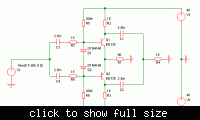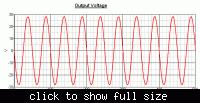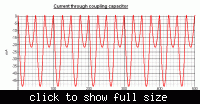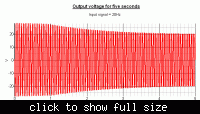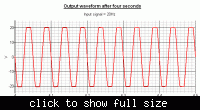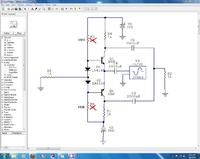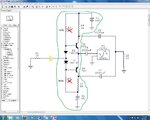godfreyl
Advanced Member level 5

In a class A amplifier, the current through the coupling capacitor is an AC waveform. There is no DC current through the capacitor.BTW : at class A amplifier , we have a capacitor in out put too . but it will work fine ! why that capacitor isn't important ?
In this circuit, the current through the capacitor is a rectified waveform, so there is DC current as well as AC.


